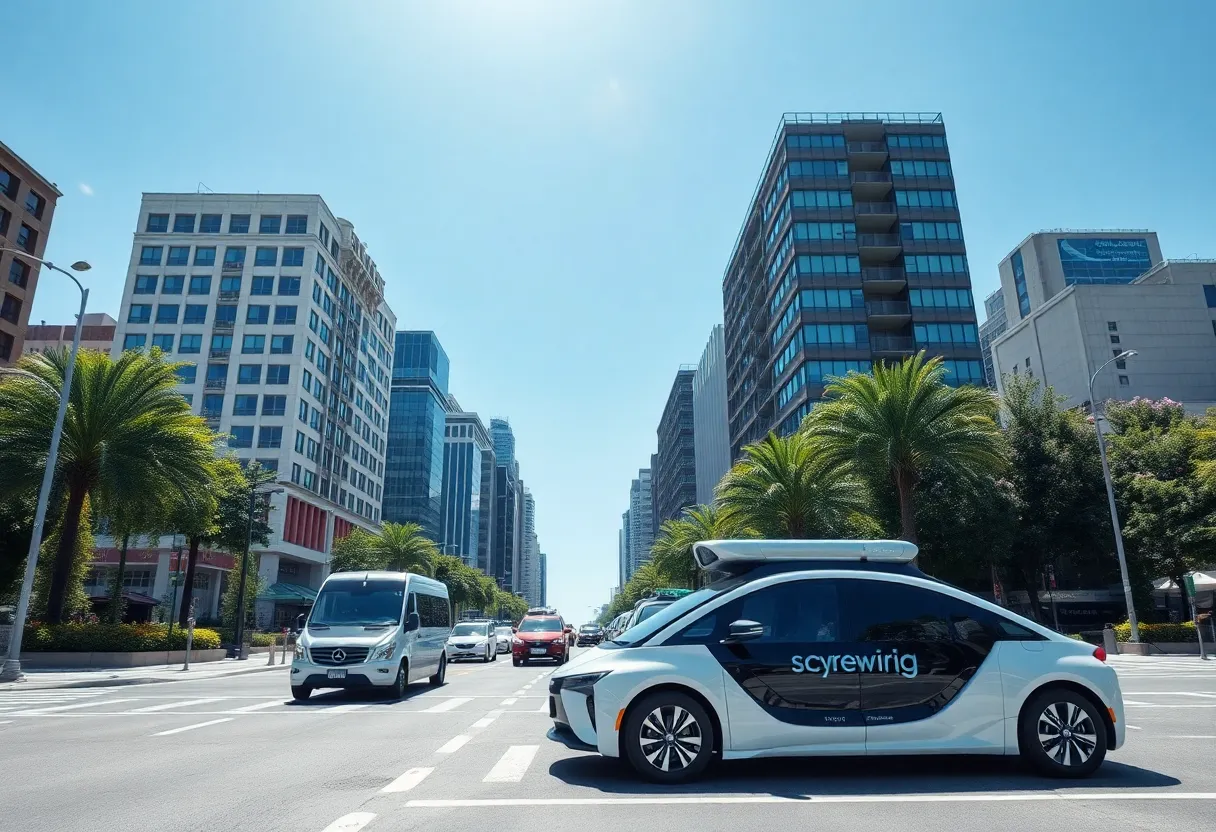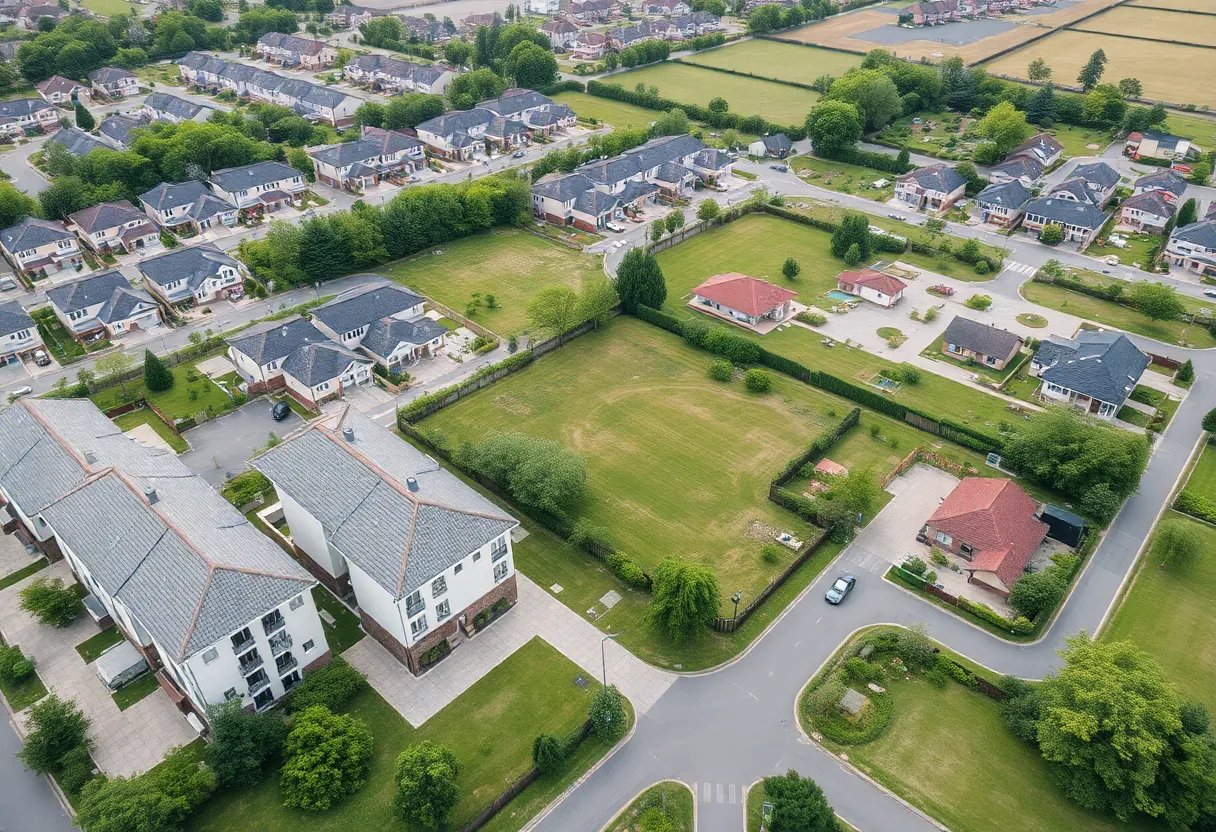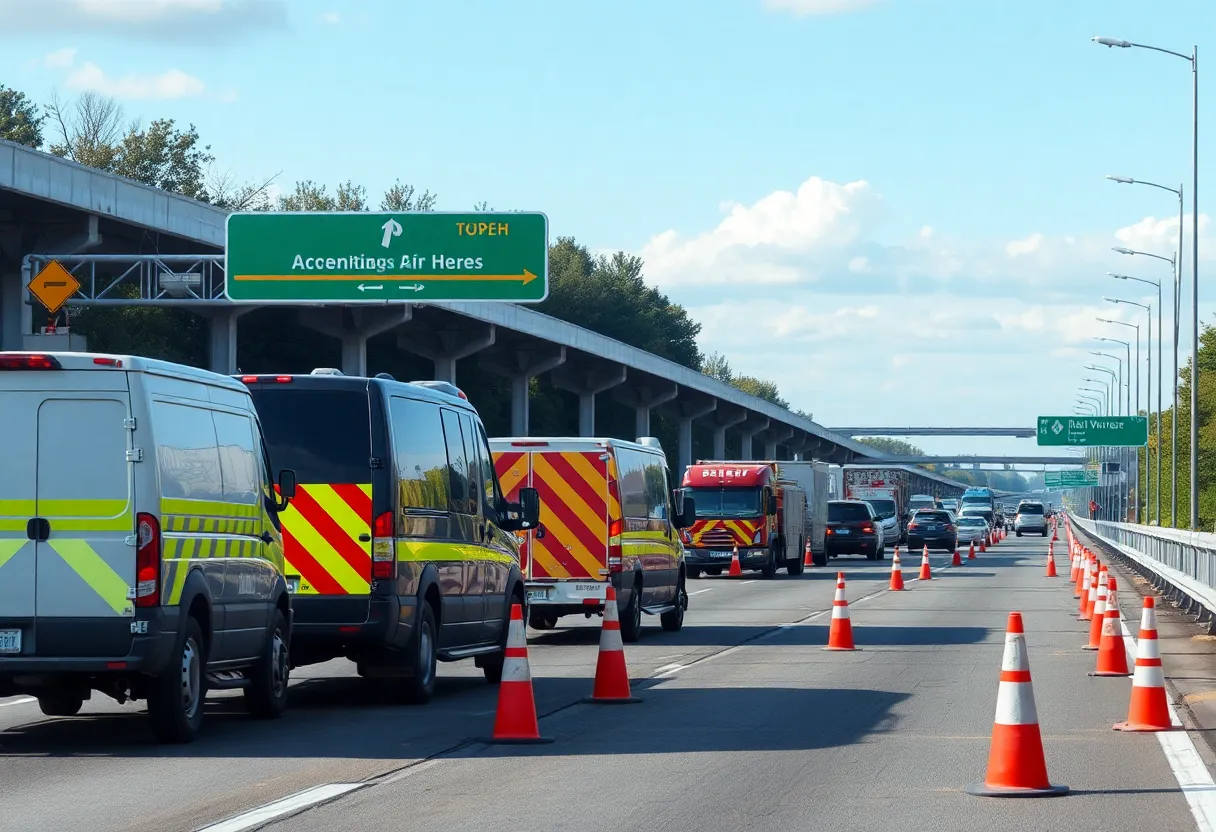News Summary
Tesla is engaging in discussions with California’s DMV regarding the expansion of its ridesharing service, although the plans are more conservative than the CEO’s previously advertised Robotaxi vision. Internal documents indicate that the talks focus on regulatory compliance rather than a major rollout of autonomous taxi services. Despite Elon Musk’s public optimism about launching Robotaxi soon, Tesla currently lacks the permits necessary for such operations, highlighting the complexities in navigating California’s stringent regulatory landscape.
California
Tesla is moving forward with its ridesharing service expansion discussions in California, but the plans are far less ambitious than CEO Elon Musk’s publicly advertised Robotaxi vision. Internal documents reveal that since early 2024, Tesla representatives have held multiple meetings with the California Department of Motor Vehicles (DMV) to discuss regulatory compliance, focusing on existing permits rather than a sweeping rollout of autonomous taxi services.
Throughout the year, at least five meetings have taken place between Tesla and DMV officials, including conversations with Miguel Acosta, the DMV’s autonomous vehicle chief. These discussions have been characterized by a cautious approach from Tesla, which lacks the necessary permits to operate any autonomous service in California, even with a safety driver present.
Despite Musk’s repeated claims that the Robotaxi service could launch in the Bay Area in a matter of weeks and promises of regulatory approval by the end of this year, official communications between Tesla and the DMV have not included the term “Robotaxi” over the past twelve months. Instead, a recent outreach by Tesla’s senior counsel clarified that upcoming plans would not feature unsupervised full self-driving in California, emphasizing the need for additional permits for both driverless and drivered rideshare operations.
Regulatory Landscape
Two additional meetings between Tesla and the DMV are scheduled for July. The most recent gathering preceded a public warning from the DMV about unauthorized taxi service efforts in the Bay Area. California regulators continue to remind Tesla that its current permits do not allow for transporting the public, regardless of whether a driver is present or if rides are paid for.
As it stands, Tesla’s permitted operations are limited to a conventional ridesharing service, which is currently restricted to employee transportation only. In a phased approach, Tesla plans to first allow rides for employees, then extend services to friends and family, before opening it up to the general public. This method reflects Tesla’s awareness of the regulatory environment and the heightened scrutiny faced from California lawmakers and agencies.
Musk’s Strategic Messaging
Elon Musk’s public timelines for the Robotaxi service often precede official discussions with regulators, indicating a potential strategy to draw media attention. For example, following social media chatter about introducing unsupervised full self-driving capabilities, Tesla acted promptly to manage how the narrative developed with regulators. This has raised suspicions among lawmakers, including Assemblymember Catherine Stefani, who have expressed concerns over the need for careful regulatory compliance to prevent any swift and unauthorized service launches.
California regulators have previously intervened regarding Tesla’s claims about self-driving technology, and the state’s oversight continues to evolve, presenting a difficult challenge for Tesla in realizing its Robotaxi ambitions. Meetings with the DMV typically revolve around safety driver permit issues and testing allowances, rather than the expansive plans that Musk has touted publicly.
Moving Forward
As Tesla navigates the regulatory landscape, updated communications from the company have hinted at an expanded transportation service while stressing adherence to local regulations. The mixed messages from Musk and Tesla’s executives illustrate the complexity of aligning ambitious technological goals with the reality of regulatory compliance in California.
With a commitment to cautious development and an emphasis on regulatory alignment, Tesla is working to refine its operational framework. However, it is clear that realizing the full vision of a comprehensive Robotaxi service will require overcoming significant hurdles in the path ahead.
Deeper Dive: News & Info About This Topic
- Politico: Tesla Robotaxi Permit Problems
- Wikipedia: Tesla, Inc.
- Reuters: Tesla Updates on Robotaxi Service
- Google Search: Tesla Robotaxi
- Business Insider: Tesla Robotaxi Bay Area Launch
- Encyclopedia Britannica: Robotaxi
- CNBC: Tesla Plans Friends and Family Service
- Google News: Tesla Robotaxi California

Author: STAFF HERE COSTA MESA WRITER
The COSTA MESA STAFF WRITER represents the experienced team at HERECostaMesa.com, your go-to source for actionable local news and information in Costa Mesa, Orange County, and beyond. Specializing in "news you can use," we cover essential topics like product reviews for personal and business needs, local business directories, politics, real estate trends, neighborhood insights, and state news affecting the area—with deep expertise drawn from years of dedicated reporting and strong community input, including local press releases and business updates. We deliver top reporting on high-value events such as the OC Fair, Concerts in the Park, and Fish Fry. Our coverage extends to key organizations like the Costa Mesa Chamber of Commerce and Boys & Girls Clubs of Central Orange Coast, plus leading businesses in retail, fashion, and technology that power the local economy such as Vans, Experian, and South Coast Plaza. As part of the broader HERE network, including HEREAnaheim.com, HEREBeverlyHills.com, HERECoronado.com, HEREHollywood.com, HEREHuntingtonBeach.com, HERELongBeach.com, HERELosAngeles.com, HEREMissionViejo.com, HERESanDiego.com, and HERESantaAna.com, we provide comprehensive, credible insights into California's dynamic landscape.





